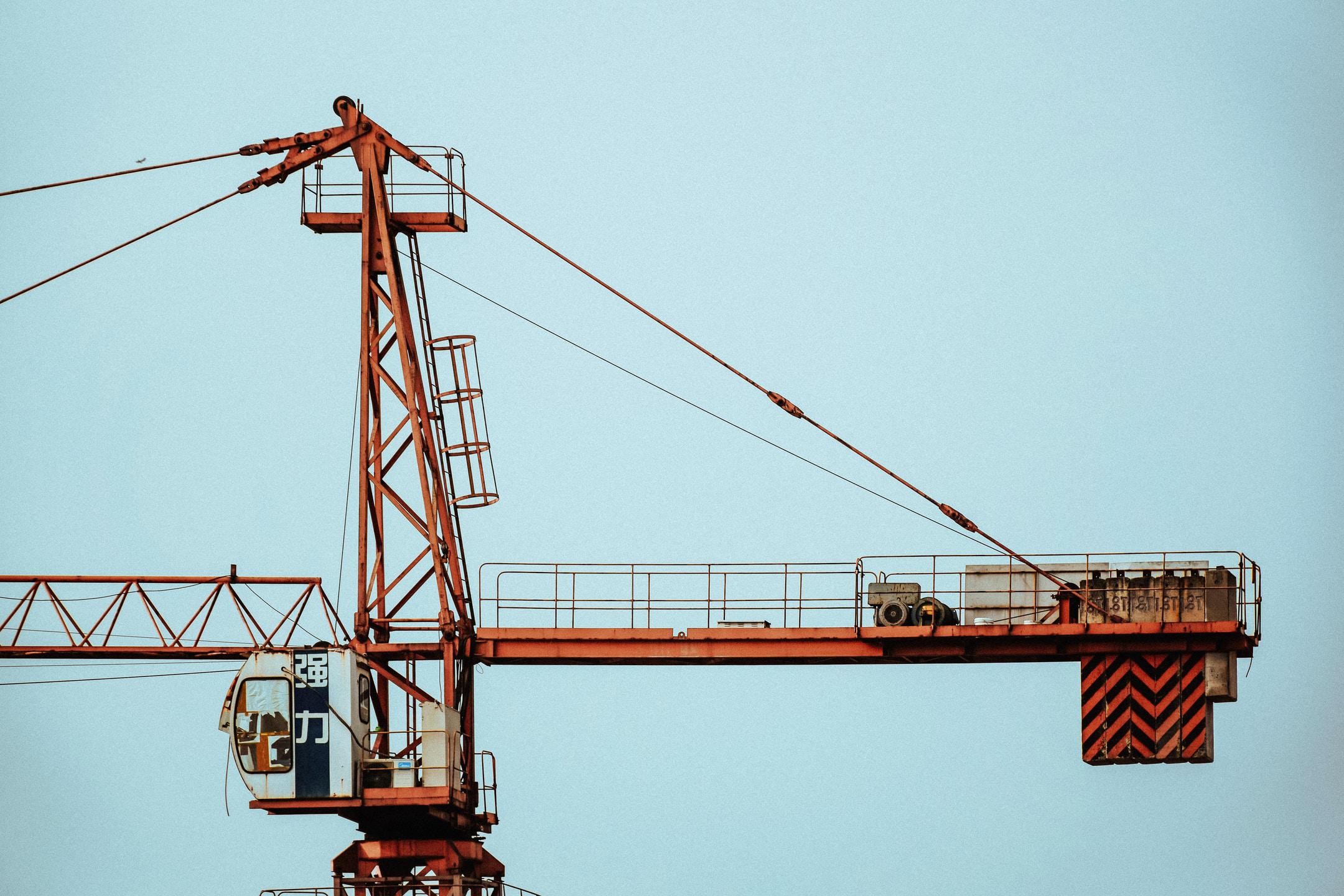
When working on an industrial project, many companies find themselves in need of some type of crane. These impressive pieces of machinery allow you to lift and move incredibly heavy objects with ease, which makes completing the project more manageable and will enable you to complete it more quickly. However, if you do a quick search of buying or renting cranes, you’ll soon realize that there are numerous variations available, and you likely don’t know which overhead crane in Indiana is best for your business. This guide is designed to clear up that confusion and help you determine which one you need.
Different Types of Overhead Cranes in Indiana
Top running bridge cranes.
Top running bridge cranes are commonly used in industrial facilities to move bulky loads through an overhead space. They’re helpful not only because they allow you to move hefty cargo with ease, but they also free up space on the floor and leave aisles clear so workers can move freely throughout the facility.
Top running bridge cranes come in two varieties: a single girder or double girder. While they serve the same function, the single girder crane is more cost-effective, lightweight, and compact. However, if you have requirements that are rated Very Heavy Duty or Severe Duty, a double girder crane is better equipped to meet your needs.
Gantry cranes.
This type of crane is highly versatile and can be used in everything from shipbuilding to smaller-scale manufacturing jobs. They are cranes that are situated on top of a structure and straddle an object or workspace so the user can easily lift and move heavy items within the site effortlessly.

They have upright beams attached to a cross beam to give it an A-frame design with wheels on the bottom to make it portable, so it doesn’t need to be tied into a building’s support structure like the bridge crane. This makes them the perfect solution for outdoor or temporary jobs that require heavy lifting.
Jib cranes.
Jib cranes are smaller and designed for lighter duty tasks when compared to the bridge and gantry cranes. They are constructed with three major components. The boom is the horizontal beam attached to a support and moves the load you’re working with. The mast is the rotating vertical beam that supports the boom. Finally, the hoist is the movable component that actually lifts, moves, and lowers the load.
Since they are smaller, they are better suited for smaller work areas, and they’re often used for repetitive tasks in production environments. Often times, the jib crane is used in conjunction with an overhead bridge crane.
Still Not Sure What Type of Indiana Overhead Crane Your Business Needs?
Then reach out to the local experts at T&M Cranes. As a family-owned and operated material handling facility, we’ve provided our expert insights to businesses throughout North America. Our specialty has always been manufacturing the highest-quality cranes that always meet CMAA specifications, ranging from Class A to Class F solutions. That means we have the mechanical solution you need for your job and the knowledge needed to help match you with the perfect one for your needs.
We don’t just sell or rent our cranes, though. We’re also known as one of the premier service providers in our field. We have over 20 fully equipped service vehicles crewed by factory trained technicians, so if any issues come up with your crane, you can rest easy knowing we can help. Browse our current selection of overhead cranes, or send us a message with details about your upcoming project, and we’ll help you find the solution that best suits your needs.